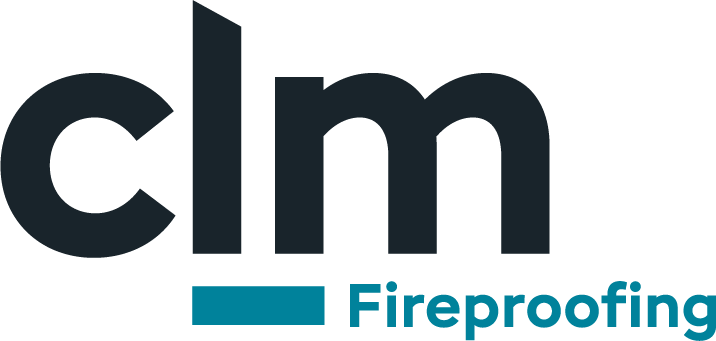Cavity Barriers for Effective Compartmentation
In the event of a fire, gaps between walls and floors can create ‘air buoyancy’, a push-and-pull effect caused by differences in air temperature. This can enable the rapid spread of smoke and flames between compartment walls and floors. Cavity barriers are made from fire-resistant or intumescent materials, making them an effective smoke control solution. CLM Fireproofing can be trusted to provide cavity barrier installation as part of a robust, fully compliant compartmentation strategy.
Contact our Expert Team

Cavity Barrier Installation and Fire Barrier Building Regulations
Cavity barriers are crucial to ensuring that buildings comply with fire safety regulations. For example, Fire Safety Approved Document B2 requires that, as a minimum, cavity barriers provide 15 minutes of fire resistance and hold their structural integrity for 30 minutes. Furthermore, according to BS 9991, buildings must be constructed with due consideration as to how fire can spread through compartment floors, walls and ceilings. This requirement can be met by installing vertical and horizontal cavity barriers.
CLM Fireproofing are industry leaders for fire protection compliance. For example, our Chairman, Clive Miles, is also Chair of the Association for Specialist Fire Protection (ASFP). Our team of specialist installers are also FIRAS-certified. This means that we can be trusted to recommend services and installations, such as cavity barriers, so clients’ buildings comply as close as possible with fire protection regulations.

Cavity Barrier Inspections and Maintenance
When a new building project is initiated, the installation of cavity barriers will be incorporated into the process by construction managers and site teams. However, when carrying out works on an older building, it’s important to remember that it may have been built before current requirements were implemented. That’s why it’s vital to assess a building’s compartmentation and fireproofing features thoroughly.
Our team is highly skilled in assessing passive fire protection systems and installations, including cavity barriers. Following an initial inspection, we will ensure that our clients’ construction projects are fully equipped to limit the spread of flames and smoke and adhere fully to regulations surrounding structural fire protection. We will also use fastidious record-keeping, in line with the golden thread approach, to inform future inspections and maintenance efforts. This will include records of fire barrier installations, including drawings of the position and specification of cavity barriers located in all compartment walls and doors.

Acoustic Barriers and Seals
While our primary area of expertise is fire stopping for fire protection and installation purposes, we can also install our systems to achieve additional acoustic performance. As well as enhanced acoustic protection, clients can expect various additional benefits for their construction projects such as enhanced sound reduction capabilities and waterproofing.
Having worked in the passive fire protection industry for 35 years, we can draw upon a wide network of manufacturers, vendors and suppliers. Clients can therefore be confident in the range of products and building materials used by our specialist team.
See all of our services
Our ServicesFrequently Asked Questions
What are the risks of unsealed cavities?
Unsealed cavities can be found in gaps between walls, floors and ceiling floors. If left unsealed, air buoyancy can exacerbate the passage of smoke between different areas of a building, otherwise known as the ‘chimney effect’. This can be particularly problematic for tall buildings, as a fire that starts on the ground floor and moves up through empty cavities can accumulate on higher levels, with no place for hot air and smoke to escape.
What is the difference between a cavity barrier and a firestop?
The terms “cavity barrier” and “firestop” are often used interchangeably. While both are passive fire protection methods, there are a few key differences. As mentioned, a cavity barrier is a piece of fire-resistant material placed in enclosed, typically unused spaces within buildings. In comparison, while firestops are also used to prevent the spread of flames and smoke, they typically come in the form of putty or intumescent clamps and are used to seal joints or gaps between pipes, conduits, or sockets and the walls through which they pass. They can also be used around fire doors, windows, and ceiling voids. This helps to maintain the fireproofing of a wall or floor by closing small yet still problematic gaps. In short, firestops seal any imperfections between building elements that should be fire-resistant.
How should cavity barriers be installed?
Cavity barriers should be installed near the edges of internal cavities, such as window and door openings or extract vents. They should also be placed at junctions whenever the wall cavity is aligned with a building compartment wall or floor. There are some exceptions to this requirement, depending on how fire-resistant the building material is. Cavity walls of a particular material or thickness may not require additional cavity barriers placed at junctions.
Before installing cavity barriers, it’s essential to consider building movements and deformations where the barriers are placed. Settlement, sway, thermal expansion, and penetrations by deformations can negatively affect the efficacy of a cavity barrier.

